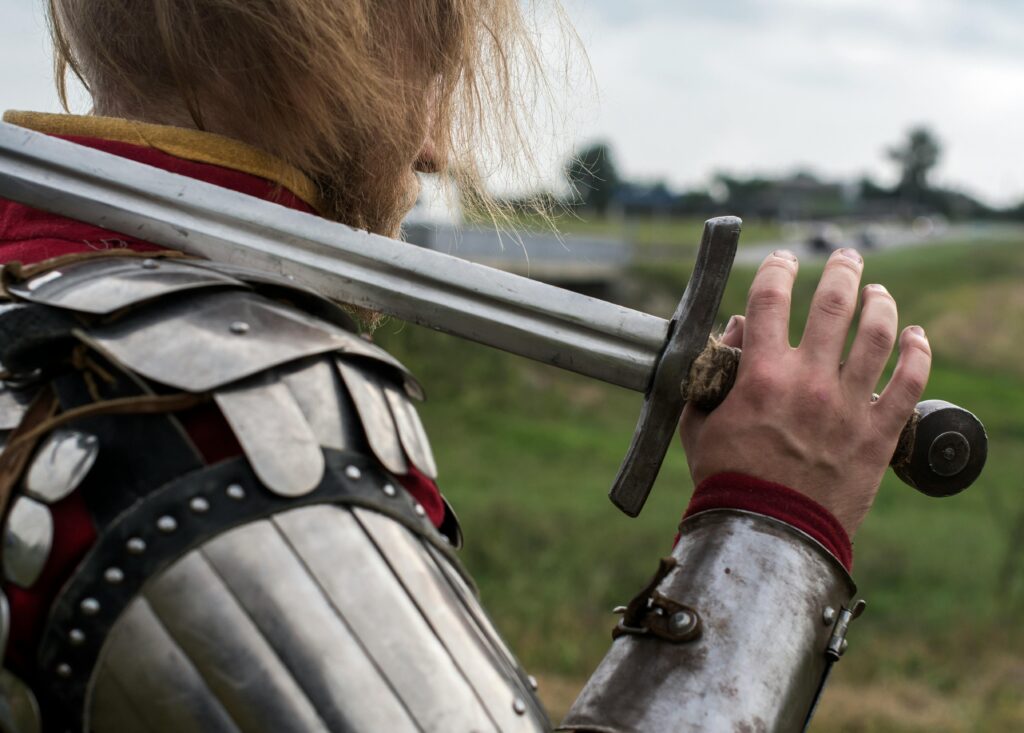Notes from a Fencing Student, circa 1657

In the 1650s a German speaking student attended the knight academy at Sorø in Eastern Denmark. There he studied under fencing master Wilhelm Schöffer von Dietz, a known student of fencing master Salvator Fabris (whose manual is a core source for rapier instruction at Academie Duello and to the Italian tradition in general). In his time there, this unnamed student wrote copious notes on his fencing lessons both solitary and partnered.
In 2013 modern scholar Reinier van Noort (a great fencer and researcher) translated these notes and published an article on the HROARR website about their origins, which is supremely interesting. I’m sad I missed it when it came out, but I’m very much enjoying it now.
What’s interesting about this particular manuscript is that it is student notes. Nearly everything we work with otherwise is written by instructors for a consumer audience. These notes provide an invaluable alternate view into the historical systems of fencing we study now. The notes are surprisingly readable for a modern audience and remind me of both notes I have taken and things that I say in class to my long-term students. A few highlights:
6. When you disengage or otherwise similarly make a tempo with the hand, take care that you do not use the entire arm, but only the joint of the hand. Otherwise the lesson will turn out really too lengthy, and also too slow and graceless.
9. The Tertie must be with the hilt somewhat low to hold the other’s blade constrained, and the point somewhat high.
19. Take heed when you make feints, that before it you do move the foot or lift it as when you thrust, but do not set it forward otherwise you come with the legs quite to far from each other, and so you cannot properly complete your thrust.
I think that this article is worth the read for anyone who is interested in the history of this art, is looking for a few useful tidbits for their own rapier practice, or simply wants to connect with a kindred spirit from 400 years ago.
Thanks also to Michael Heveran of the Seattle Rapier Study group for turning me onto this article that I apparently missed the first time around.
Devon



Responses